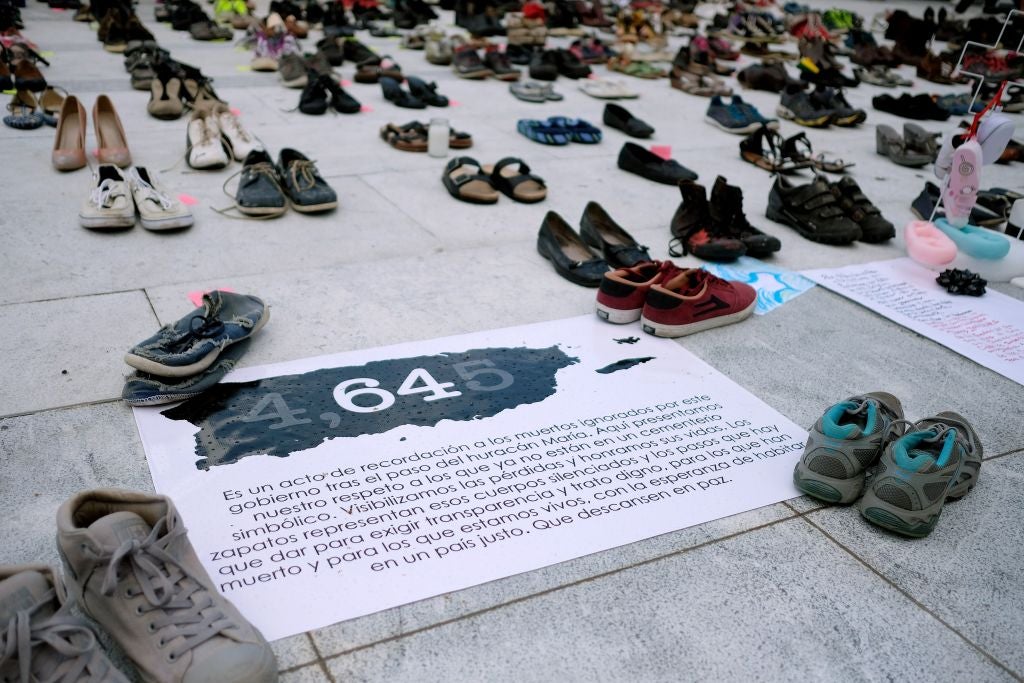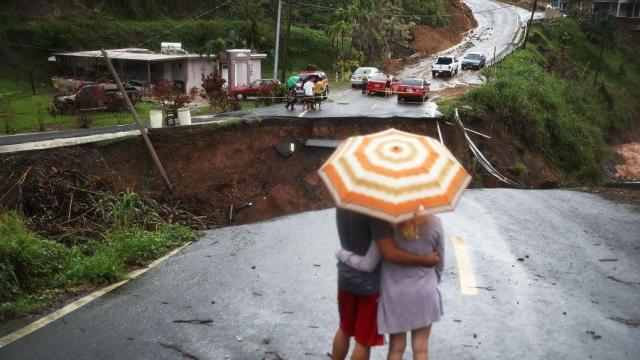Five years ago this month, Hurricane Maria formed in the Atlantic Ocean, creating one of the U.S.’s most devastating humanitarian disasters of the 21st century.
The storm started off as a tropical depression around September 16, 2017; within just a few days, it grew to become the eighth hurricane for that year’s season. On September 20, it made landfall over Puerto Rico. The category 4 winds knocked out the already fragile electrical grid in Puerto Rico and several U.S. Virgin Islands, creating the longest blackout in U.S. history and one of the longest blackouts in the world. Though most of Puerto Rico had power again six months after the hurricane, some areas of the island did not have power restored until August 2018, according to Puerto Rico Electric Power Authority — nearly a full year after the storm hit.
Hurricane Maria was the first category 4 hurricane to make landfall over Puerto Rico since the 1930s, and it occurred during what is now known as one of the most expensive hurricane seasons in U.S. history. The storm created more than $US107 ($149) billion worth of damage, according to NOAA. At its strongest, Hurricane Maria was a category 5 storm. It slammed into Puerto Rico over the municipality of Yabucoa with maximum sustained winds of 155 mph.
The heavy rainfall and winds caused widespread infrastructural and ecological damage, with trees uprooted and landslides and erosion in mountainous areas. Some communities lost access to running water. Roads were flooded, roofs were torn off houses, and bridges collapsed across several Caribbean islands. Most wooden homes across all of the heavily affected islands were severely damaged by the flooding and winds, a report from NOAA found.
“I lived in a nine-story building by the beach…everything was crazy when we came [back],” Melisa Martinez, a rheumatologist from Puerto Rico, told Earther. “My apartment and another apartment survived, but the whole building was a disaster. There were sofas everywhere and everything was on the street. The windows exploded.”
The human toll of the storm was staggering. The Puerto Rican government’s initial official death toll was 65 people, according to the NOAA report, while 31 people in Dominica died another 34 on the island were considered missing. The island of Guadeloupe had two deaths directly attributed to the hurricane. But the true toll is far higher. A report published in the New England Journal of Medicine in 2018 found that up to 4,600 people ultimately died as a result of the storm and subsequent power outages. This was largely due to delayed medical care and disrupted access to water and other necessities. Another 2018, by George Washington University researchers, found that the death toll was about 2,975 people in the six months after the storm.
Collapsed bridges and sunken roads
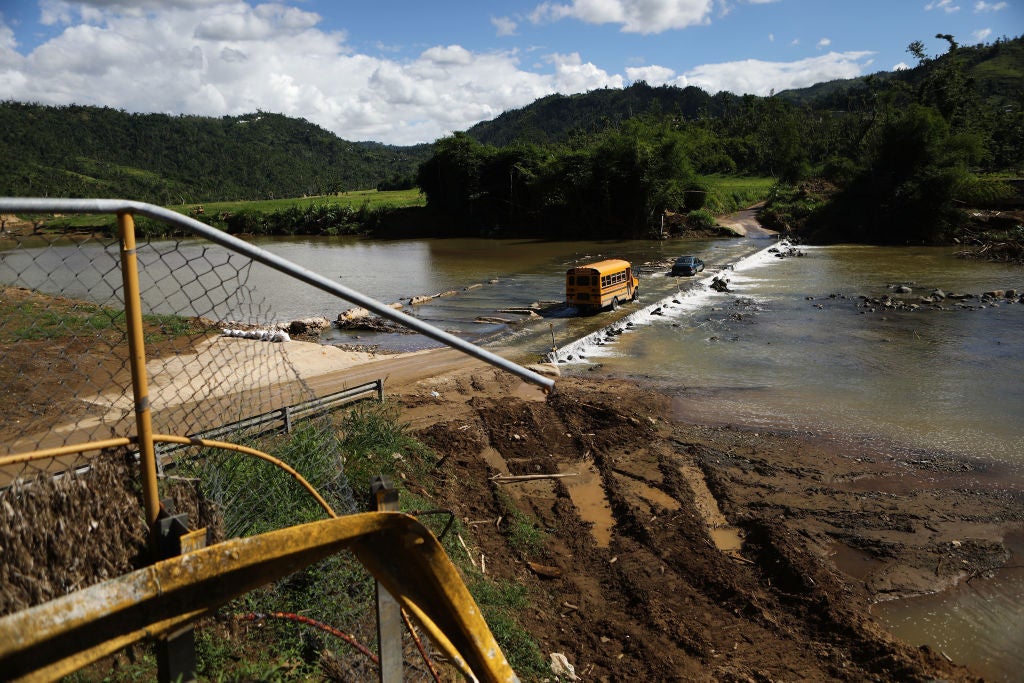
Isolated homes
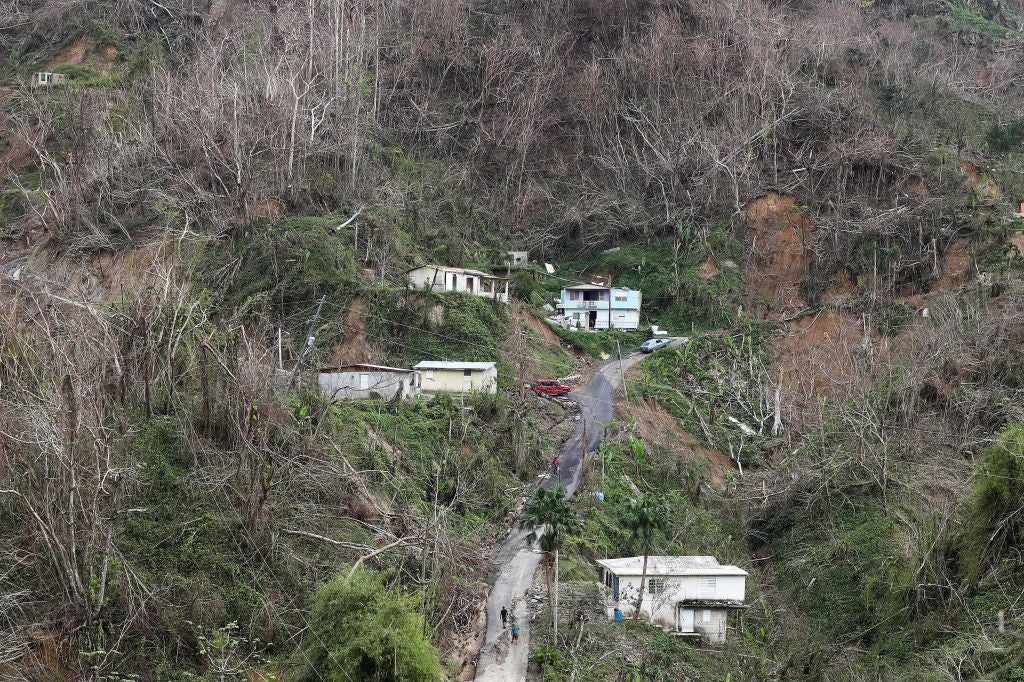
Seeking mobile phone signal

Damaged homes
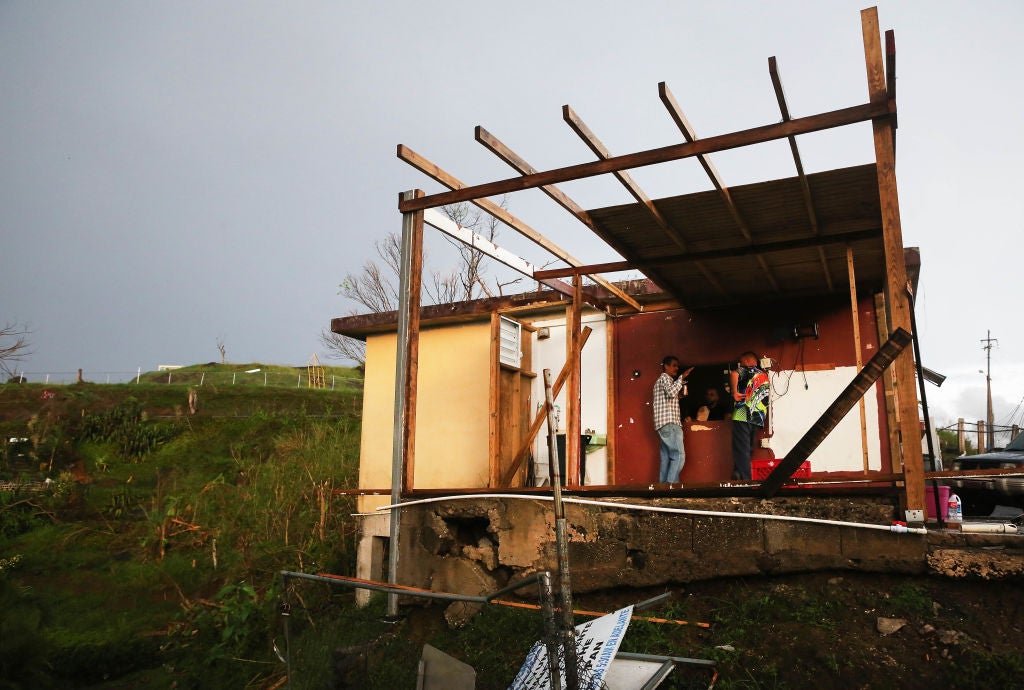
Empty shelves
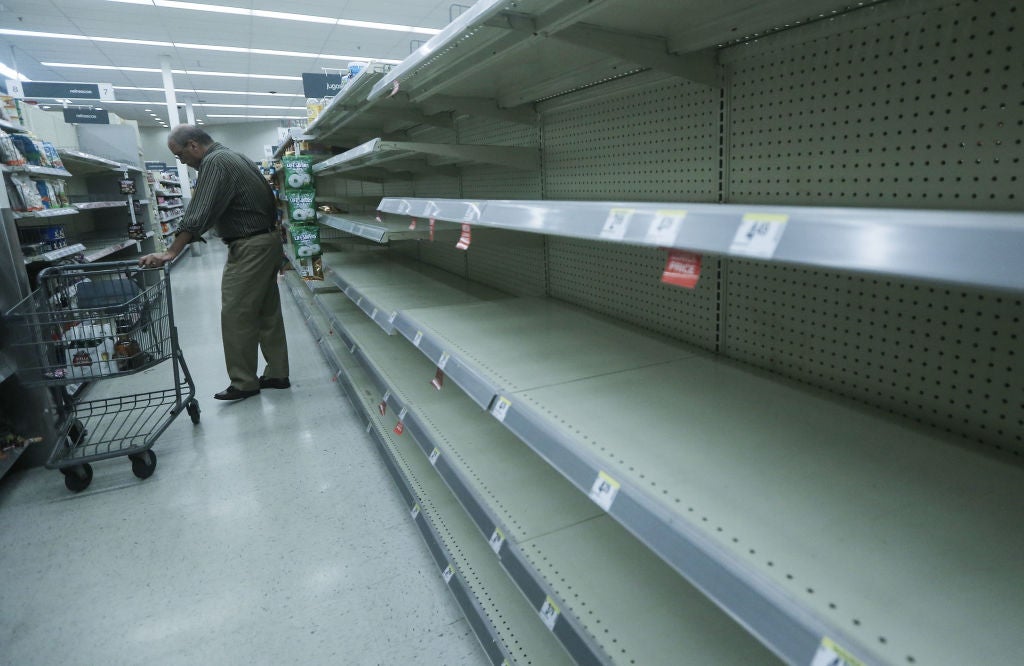
Outdoor showers
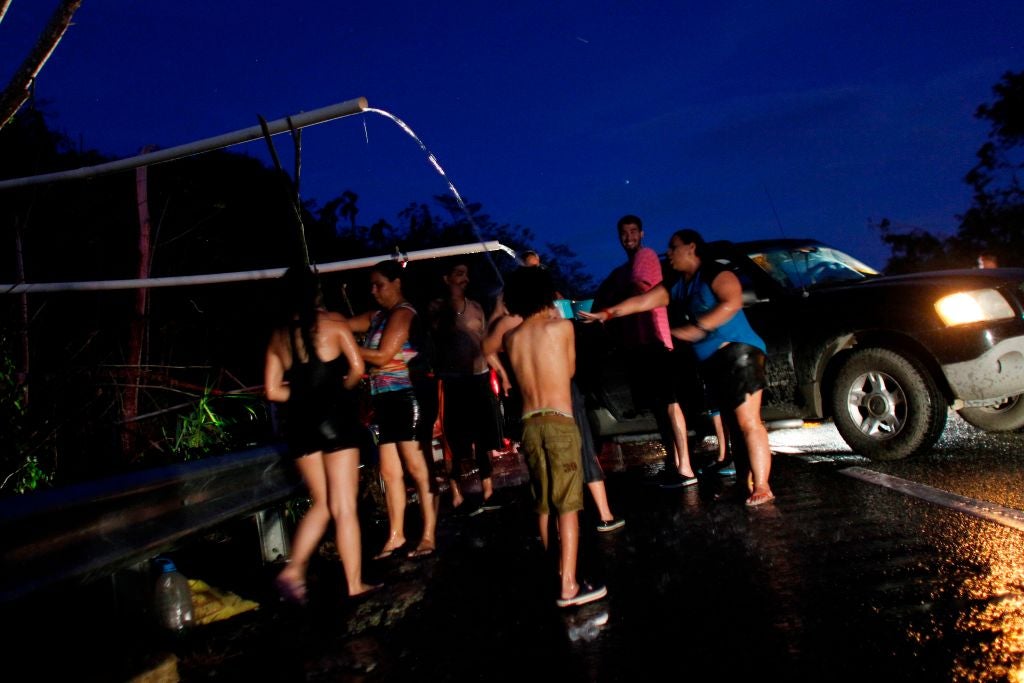
Water collection

Widespread street flooding
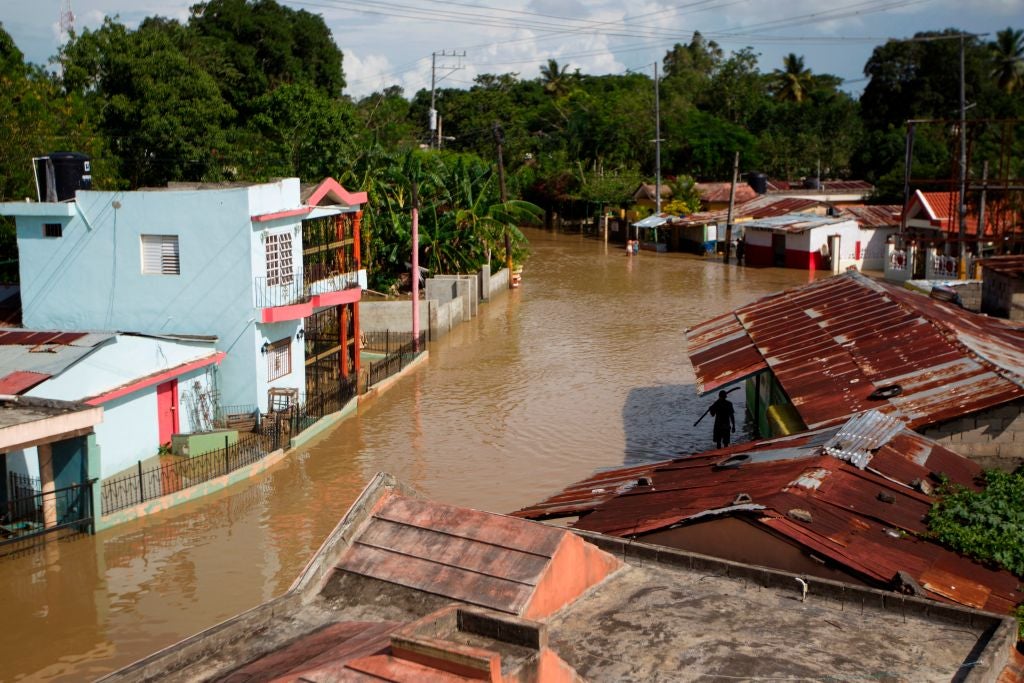
Damaged hospital
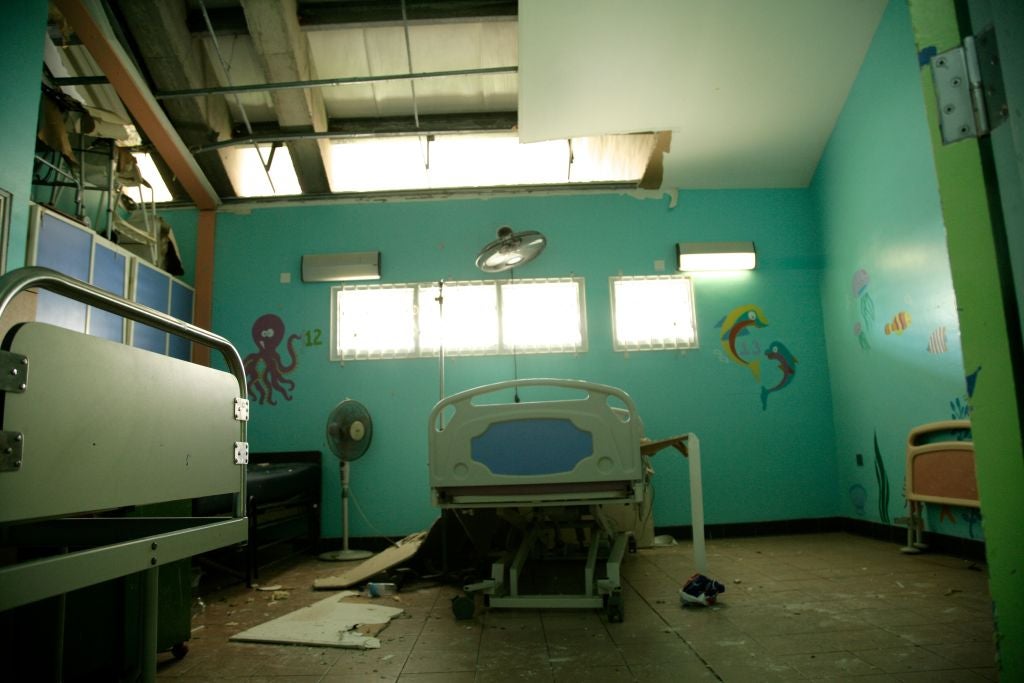
The iconic paper towel toss

Aftermath
